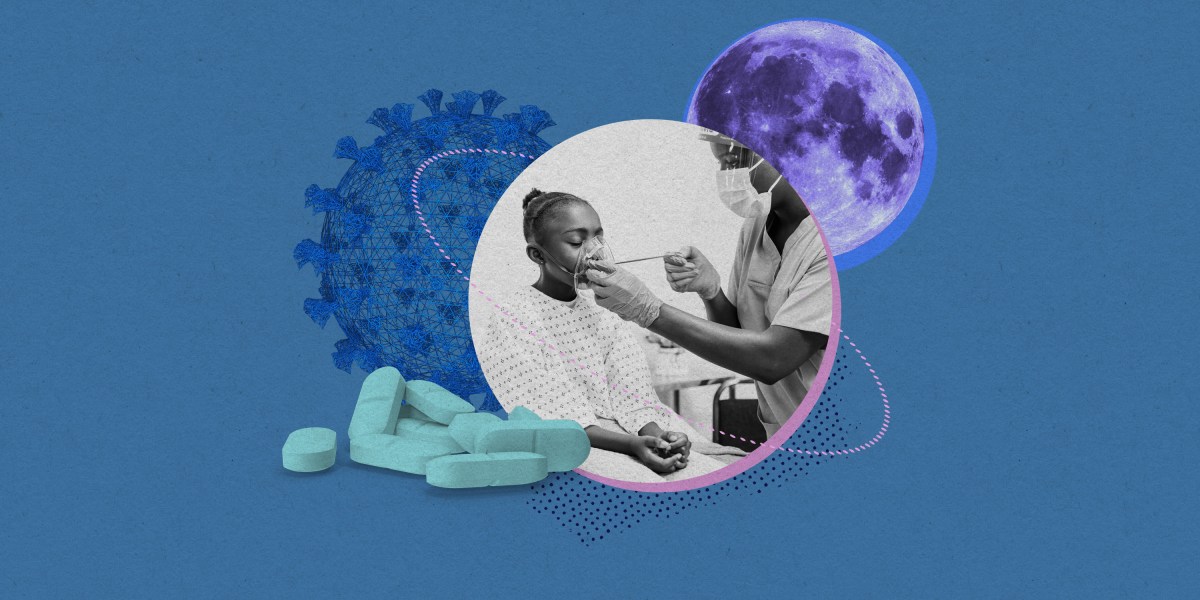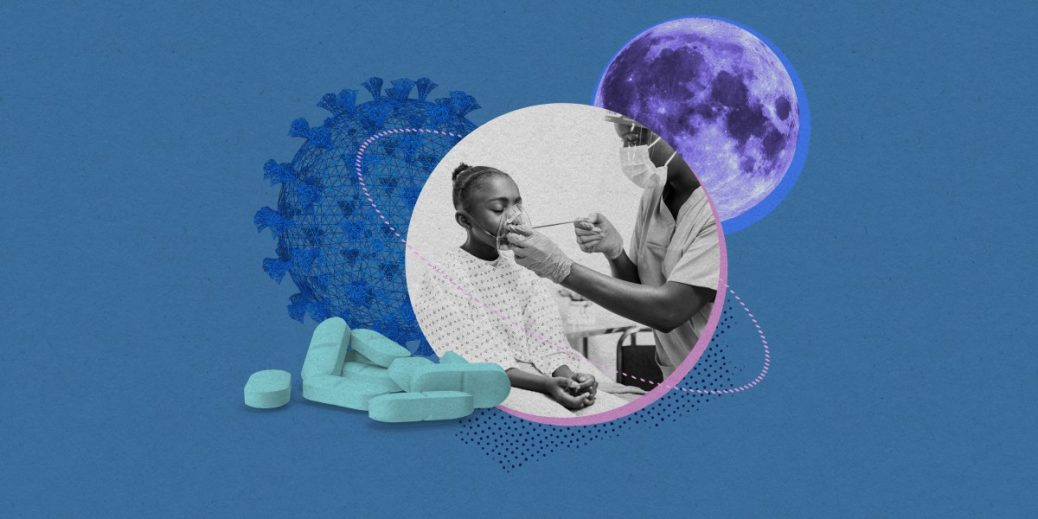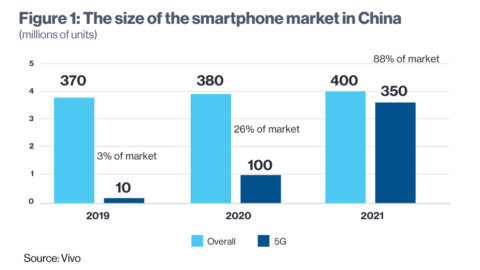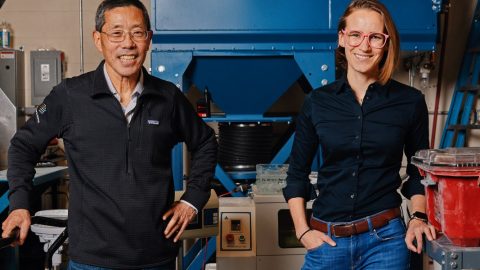
But what would happen if we took profit out of the equation and made drug discovery a collaborative process rather than a competitive one? That was the idea behind the Covid Moonshot, an open-science initiative to develop antivirals against the coronavirus that began back in March 2020 with a Twitter plea for covid drug designs. ”Calling all medicinal chemists!” wrote Nir London, an engineer at the Weizmann Institute of Science who works in drug discovery.
This week the researchers behind the project published their results in Science. The effort, which relied on more than 200 volunteer scientists from 25 countries, produced 18,000 compound designs that led to the synthesis of 2,400 compounds. One of those became the basis for what is now the project’s lead candidate: a compound that targets the coronavirus’s main viral enzyme. The enzyme, known as Mpro, snips long viral proteins into short chunks, a key step in viral replication. The compound stops this enzyme from working. Paxlovid, an antiviral developed by Pfizer after the pandemic began, hits the same target.
Maybe that doesn’t feel like a huge win. Even if the compound works, it will likely take many more years to develop it into a drug. But “it’s still gone remarkably quickly if you were to compare that with most drug discovery stories,” says Charles Mowbray, discovery director of the nonprofit Drugs for Neglected Diseases Initiative (DNDi), a Moonshot participant.
And although developing another drug now, in the waning days of the covid pandemic, might not seem as urgent as it once was, “the need for another antiviral that’s ready for the next pandemic or next outbreak or the next variant is still very relevant,” he adds.
The US National Institute of Allergy and Infectious Diseases has identified 10 virus families that hold pandemic potential. Some of these families contain viruses that you’ve no doubt heard of—Ebola, West Nile, measles, hepatitis A. Other viruses are more obscure. For example, you probably haven’t heard of La Crosse, Oropouche, or Cache Valley, all peribunyaviruses. We have antiviral drugs for smallpox, and now for the coronavirus, but for many of these families, we have no therapies at all. No pill. No antibody. Nothing. That may be a problem open-source drug development could solve.
There’s another potential benefit to an open-source model: global access. The current covid therapies are under patent protection and are unaffordable for much of the globe. Even in the US, these drugs are pricey. When Paxlovid was introduced, in 2021, the US bought more than 20 million treatment courses for $529 each and made them available free of charge. But Pfizer says the price will more than double, to $1,390 per dose, when the company starts selling the drug in the commercial market in 2024.
Because the Covid Moonshot is developing drugs that won’t be under patent protection, they’ll go straight to generic. “The drug can be made by more than one manufacturer, can be distributed to everybody who would need it when needed, and not have to wait for sometimes slow and painful licensing negotiations, which companies may or may not be willing to do,” Mowbray says.
What happens next? DNDi will be taking the lead on developing the lead candidate, called DNDI-6501, shepherding it through preclinical development. And the Covid Moonshot team will continue its work too. Last year, the US National Institutes of Health awarded the consortium nearly $69 million to continue developing oral antivirals. They’ll be developing drugs to treat not only the coronavirus but also West Nile, Zika, dengue, and enteroviruses.







Recent Comments